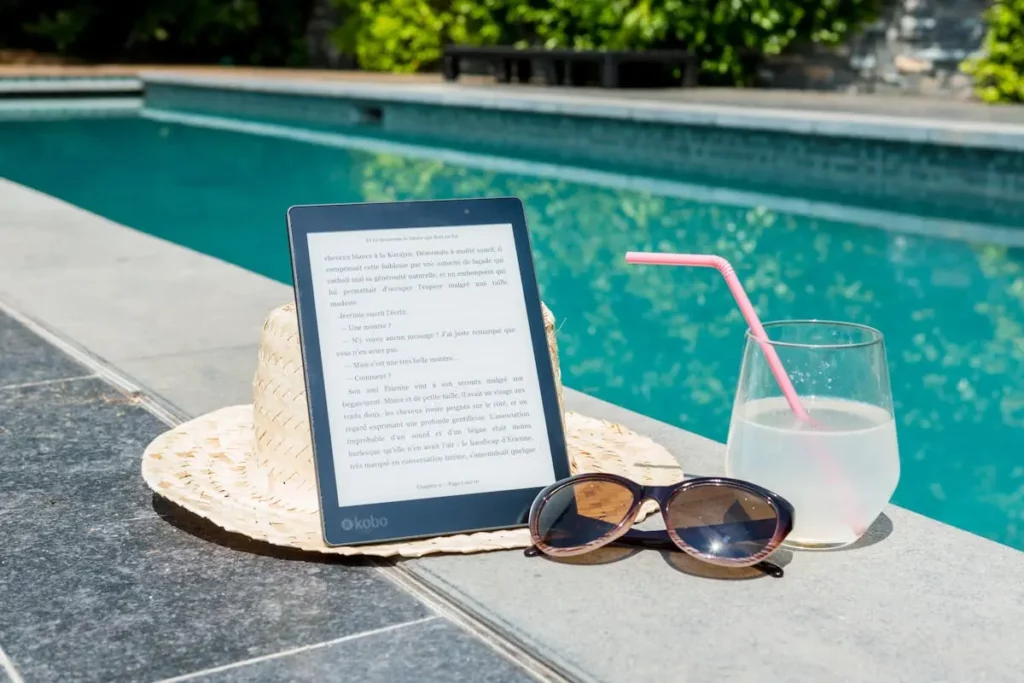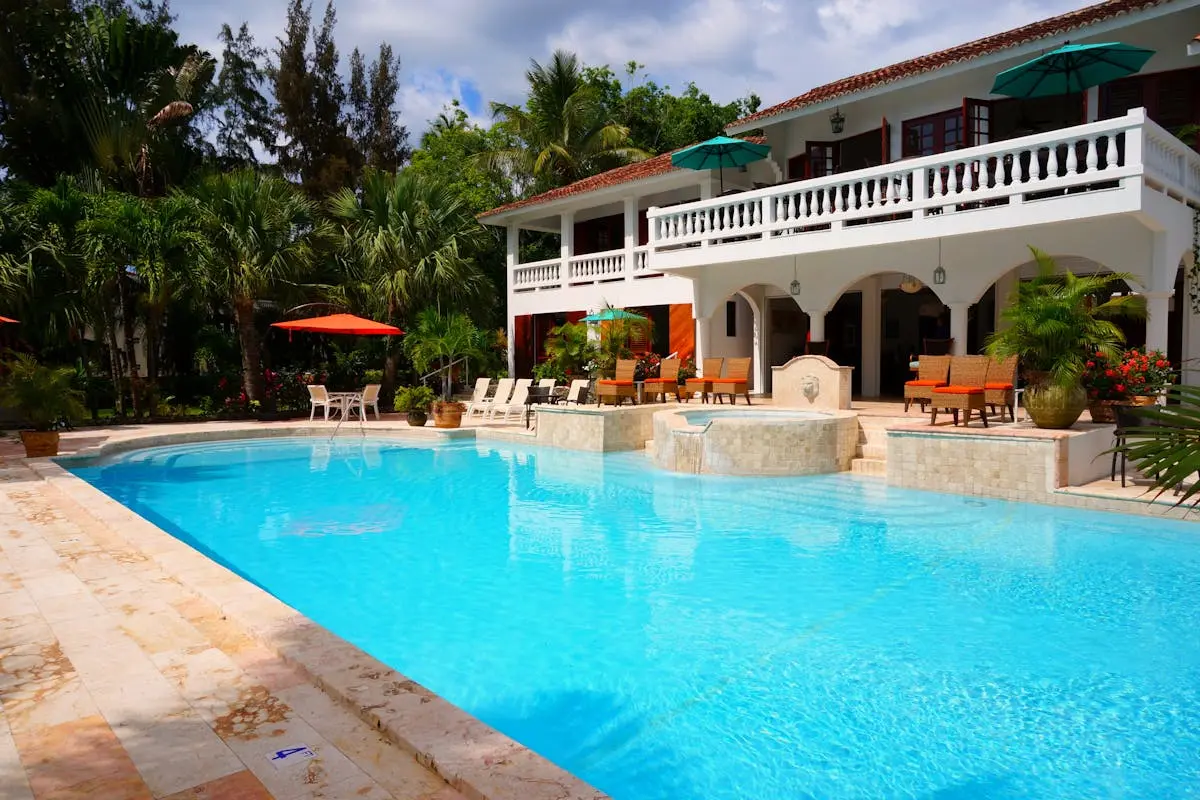Introduction to Pool Equipment Installation Mistakes
Diving into the world of pool ownership can be as refreshing as a morning swim, but there’s a catch – getting your pool equipment set up correctly. Trust me, many swim into pool installation with high hopes but end up in the deep end because of some basic mistakes. Whether you’re installing a new pump, a heater, or those sleek underwater lights, errors can turn your backyard oasis into a money pit. Don’t let the technical jargon scare you; I’m here to break down the common pool equipment installation blunders in plain English. By keeping things simple, I’ll guide you through avoiding these pitfalls and ensure your pool remains the paradise it was meant to be. Let’s jump right in and make sure your pool equipment setup goes swimmingly.
Mistake #1: Incorrect Pool Pump Installation
Getting your pool pump wrong can lead to a heap of trouble, like poor water circulation and hefty energy bills. Many folks mess up by picking a pump that’s too big, thinking bigger means better. Nope, it’s all about the right fit for your pool’s size. Also, make sure it’s installed on a stable, level spot. Don’t ignore the wiring part either—this is not the place to guess your way through. If you’re not a 100% on it, call a pro. A wrong move here could lead to a short circuit, or worse, zap someone. Keep it simple, match the pump to your pool, ensure it sits right and let a certified electrician handle the wires. This way, you’re swimming, not regretting.
How to Correctly Install a Pool Pump
When installing a pool pump, doing it right keeps your pool clean and saves you money and headache down the line. First off, make sure you’re picking a pump that matches your pool’s size. A pump too big will waste energy; too small, and it won’t clean your pool properly. After selecting the right pump, here’s what you should do: Position the pump level and close to the pool. This reduces the strain on it, making it work more efficiently. Make sure it’s below water level so it primes easily and doesn’t run dry. Connect it firmly to the filter system but don’t overtighten fittings to avoid leaks or damage. Electrical connections should only be done by a professional because messing with electricity near water can end badly. Lastly, double-check all the fittings for leaks once everything’s connected. Taking these steps ensures your pool pump gets installed correctly, helping your pool stay inviting and refreshing.
Mistake #2: Not Considering the Pool Filter’s Position
Placing your pool filter without thinking can cause big problems. This machine cleans your pool water, so it must go where it works best. If it’s too far from the pool or in a hard spot, your pool might not get clean. Also, think about noise. Filters can be loud. You don’t want it near places where you relax or chat. The trick is finding a spot that’s easy to reach for maintenance but out of the way. This means not just plopping it anywhere but planning its position with care. Taking the time to choose the right location for your pool filter pays off by keeping your pool water sparkling and your backyard peaceful.
Tips for Proper Pool Filter Installation
When installing a pool filter, getting it right is crucial. Otherwise, you may end up with a poorly functioning pool, extra repair costs, or even the need to replace the equipment before its time. To keep things simple and effective, here are straightforward tips to consider. First, always check the manufacturer’s instructions before you start. It sounds basic, but every filter has its quirks, and what works for one might not work for another. Second, position is everything. Make sure the filter is easily accessible for maintenance and isn’t too close to any area where it could get damaged. Also, ensure it’s placed on stable, level ground to avoid any unnecessary pressure or stress that could lead to leaks. Third, don’t forget about the backwash line. If your filter requires backwashing, ensure the line is correctly connected and directed to an appropriate area where it can safely dispose of the water without causing any issues. Lastly, never rush the process. Take your time to properly secure all connections and double-check everything before turning the filter on. A bit of patience now can save a lot of trouble later. Following these tips can help you avoid common pitfalls and get your pool filter up and running smoothly.
Mistake #3: Overlooking Heating System Requirements
When it comes to pool heating, don’t wing it. Each pool has its own needs based on size, location, and how you plan to use it. Miscalculating can lead to a heater that’s too weak, making your pool chilly, or too powerful, spiking your energy bills. Get it right by consulting a pro who can calculate the correct size and type of heater. Consider the sun’s help too—solar covers can reduce heating needs. Remember, a properly sized heater keeps your swims comfortable and your wallet happy.
Guidelines for Efficient Pool Heating System Installation
When you’re installing a pool heating system, doing it right saves you money, time, and cold swims. Here’s the skinny on keeping your pool warm without burning through cash. First off, match the heater size to your pool volume. A too-small heater works overtime, costing you more in the long run. On the flip side, an oversized heater isn’t efficient. Next, pay attention to where you place the heater. It needs a spot that’s not too windy and gets a decent amount of sun, if possible. This helps it work less to keep the water warm. Installation isn’t the end of the story. Regular maintenance ensures your heater runs smoothly for years. Skipping on this leads to inefficiency and higher bills. Lastly, consider using a pool cover when the pool’s not in use. It’s simple but effective in keeping heat in, reducing the work your heater has to do. Stick to these guidelines, and enjoy a warm pool without the added stress on your wallet.
Mistake #4: Failing to Plan for Future Maintenance
Jumping into pool equipment installation without thinking ahead can land you in troubled waters. It’s like setting up a tent without an exit strategy—eventually, you’ll want out, but find all paths blocked. The same goes for your pool. If you don’t consider how you’ll access essential parts for maintenance or upgrades, you’re setting yourself up for a headache. Imagine installing a fancy new filter system, only to realize there’s no easy way to reach it for cleaning or repair. Or picture a scenario where your pool heater is tucked away so tightly, checking its operation becomes an acrobatic feat. Avoid this mistake by mapping out a maintenance-friendly setup from the get-go. Plan where to place equipment for hassle-free access. Think about the future—will you be able to reach all parts easily? Can you upgrade components without a complete overhaul? Keep these questions in mind to ensure your pool remains a source of joy, not frustration.
Best Practices for Easy Maintenance Pool Equipment Set-Up
Installing pool equipment the right way makes maintenance a breeze and keeps your swimming pool in top shape. Start with choosing the right location for your equipment. It’s essential to have easy access but keep it hidden for aesthetic reasons. Always ensure there’s proper ventilation for equipment that needs it to prevent overheating. When it comes to wiring, safety first! Hire a professional to make sure all electrical connections are up to code to avoid dangerous situations. Plumbing should be straightforward, with clear, easy-to-follow paths for water to move efficiently. Lastly, use quality materials. They might cost a bit more upfront, but they save you money and headaches in the long run by lasting longer and needing fewer repairs. Remember, cutting corners during installation can lead to costly repairs later. Take your time, do it right, and enjoy a hassle-free pool.
Mistake #5: Ignoring Safety Standards and Regulations
Ignoring safety standards and regulations can turn your pool area into a danger zone instead of a fun, relaxing space. Every city has codes and laws for pool installation to keep everyone safe. Not following these can mean big penalties or even having to redo work. First, you need to know your area’s specific pool safety laws. These often cover pool barriers, fence heights, and gate requirements. For example, fences often need to be at least 4 feet high with self-closing and self-latching gates to prevent accidents. Also, make sure to have anti-entrapment devices for pool drains. These safety features protect swimmers, especially little kids, from getting trapped by the pool’s suction. Before diving into your pool project, sit down with a professional who knows the local codes like the back of their hand. This can save you time, money, and ensure your pool is a safe haven for everybody. Ignoring this step isn’t worth the risk.
How to Ensure Your Pool Equipment Meets Safety Protocols
Making sure your pool equipment is safe isn’t just smart; it’s crucial. First off, always pick equipment that meets industry safety standards. Look for marks of certification or approval from recognized bodies—this is non-negotiable. Get a qualified electrician to handle all wiring. Water and electricity are a dangerous mix, so proper installation by a pro can make all the difference. Regular maintenance is your next line of defense. Check for wear and tear, and fix any issues right away, no matter how small they seem. Keep chemicals and supplies stored well out of reach of kids and pets. They’re not toys, and mistakes here can be serious. Finally, read up on local laws about pool safety. Some places need fences or alarms for pools. Ignoring these could lead not just to fines, but worse, accidents. Stick to these steps to keep your swim safe and sound.
Summary: Avoiding Common Pitfalls in Pool Equipment Installation
Installing pool equipment might seem straightforward, but many dive in without proper knowledge, leading to frustrations and extra costs. To ensure a smooth installation, remember a few key points. First, avoid rushing the process; hasty decisions often lead to mistakes. Make sure you fully understand each piece of equipment’s role and installation requirements. Second, skimping on quality to save a few bucks can backfire, potentially costing more in repairs and replacements down the line. Stick with trusted brands and materials even if they come with a higher upfront cost. Third, improper placement of equipment like filters or pumps can hamper their efficiency and lead to pool problems. Always follow manufacturer guidelines and consider consulting a professional for advice. Fourth, neglecting local codes and regulations can lead to fines or being forced to redo the work. Check your local requirements before starting any installation. Last, trying to DIY complex installations without the right skills can result in a malfunctioning system. If you’re unsure, it’s better to hire a professional installer. Avoiding these pitfalls will save you time, money, and ensure your pool equipment is installed correctly from the start.

